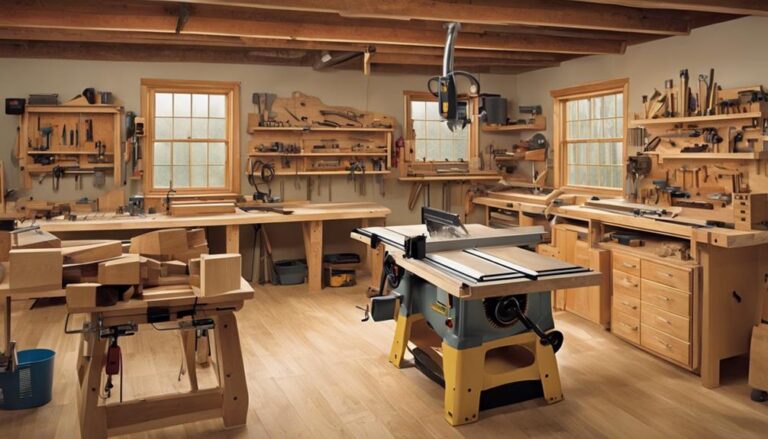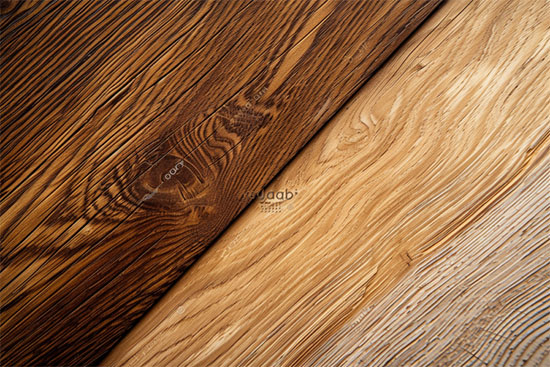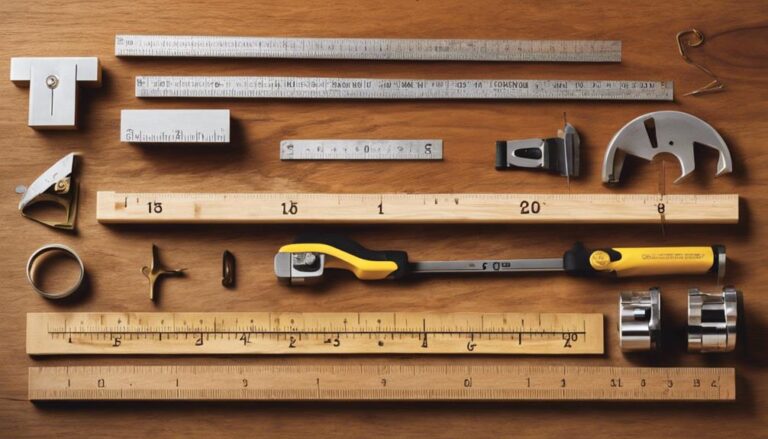In the era of artisanal craftsmanship, you’re faced with a plethora of plywood options, yet not all are kind to your purse strings. You’ll find that project plywood panels, sanded plywood, and hardwood plywood stand out as the triumvirate offering both affordability and reliability for your woodworking endeavors.
Each type serves a unique purpose, from sprucing up your DIY projects to ensuring the durability of load-bearing furniture. As you ponder over which plywood best suits your project’s needs without breaking the bank, consider these choices as a starting point to navigate the vast sea of materials available.
Let’s explore why these particular options could be your go-to for balancing cost and quality in your next project.
Contents
Exploring Birch Plywood
Birch plywood offers an appealing blend of aesthetic charm and practicality, making it an excellent choice for a variety of woodworking projects. You’ll find it especially useful for crafting furniture and cabinetry, thanks to its smooth finish that takes stains and finishes exceptionally well.
Available in various grades, you can select the perfect birch plywood to meet your project’s needs, with higher grades providing a more consistent appearance and fewer imperfections. This versatility, combined with its affordability compared to other hardwood options, ensures that birch plywood is a practical, budget-friendly choice for DIY enthusiasts.
Whether you’re working on a large project or a small craft, birch plywood’s blend of beauty, durability, and cost-effectiveness makes it a go-to material for your woodworking endeavors.
The Versatility of MDF
When considering materials for your next indoor project, don’t overlook the affordability and versatility that MDF, or Medium-Density Fiberboard, brings to the table.
As an engineered wood product made from wood fibers, MDF stands out for its cost-effectiveness and ease of use. Its smooth surface is perfect for painting and finishing, making it a go-to for furniture, cabinetry, shelving, and decorative projects.
Unlike natural woods, MDF’s denser and more uniform composition means it’s simpler to shape and customize to your needs, although it’s not as strong as plywood.
Its versatility and affordable price point make MDF an excellent choice for those looking to achieve high-quality results without breaking the bank. Ideal for a variety of applications, MDF’s easy customization and smooth finish allow for endless creative possibilities.
Pine Plywood Advantages
While MDF offers cost-effectiveness for indoor projects, pine plywood is your go-to for combining affordability with strength and durability in woodworking endeavors. You’ll find that pine plywood not only fits into your budget but also provides the robustness needed for a variety of projects.
Its cost-effective nature makes it a preferred choice, especially when you’re working on DIY projects that demand both quality and affordability. Pine plywood is remarkably easy to work with, making it a favorite among both novice and experienced woodworkers. Its availability at most lumber stores adds to its appeal.
Perfect for projects that will be painted or covered with a veneer, it also lends a rustic look to your creations. Choose pine plywood for an affordable yet durable option in your next project.
Conclusion
In wrapping up, you’ve got solid, budget-friendly options for your next woodworking venture. Birch plywood offers durability and a fine finish, making it a top pick for projects that need to look sharp.
MDF, with its uniformity, cuts like a dream and is perfect for painted finishes. Pine plywood brings lightweight strength and a rustic charm, ideal for furniture and decor.
Each choice serves distinct needs, ensuring your projects not only look great but also stand the test of time without breaking the bank.






